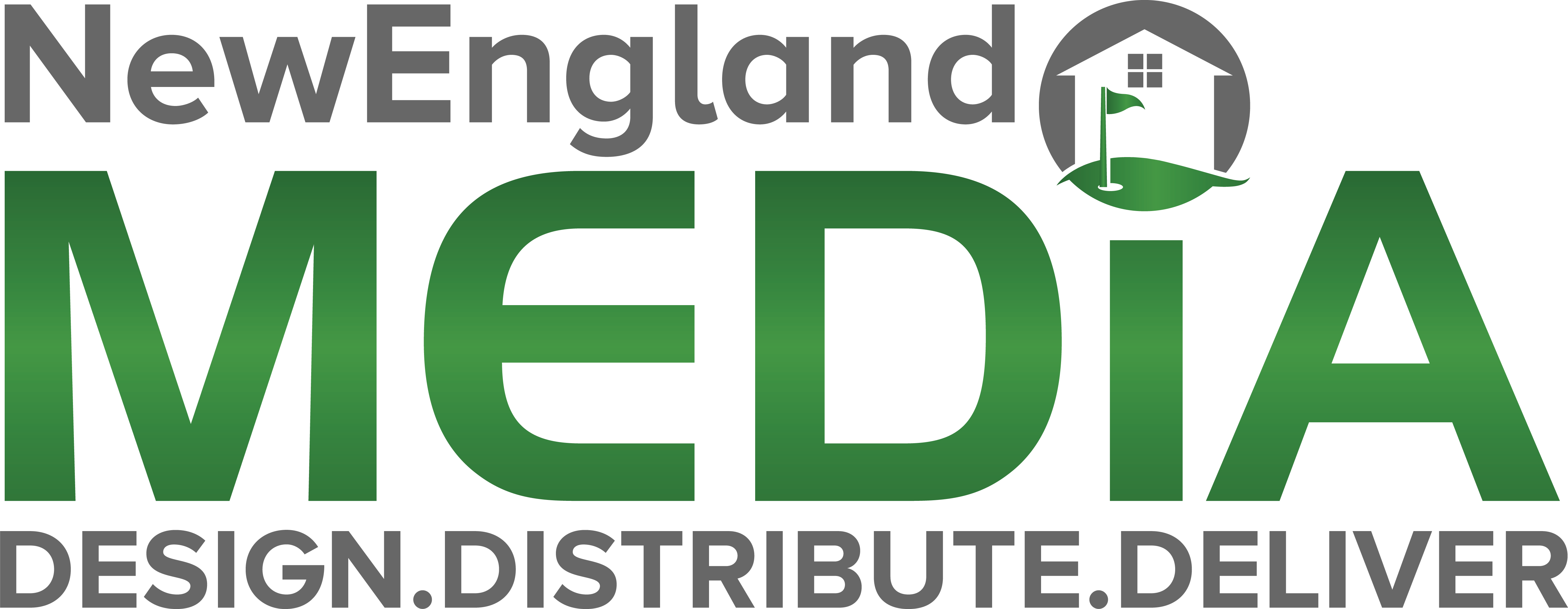As the world becomes more digital, the need for quality content is increasing. The content we produce must be of high quality to stand out from the crowd and attract and retain readers. Quality analysis is an essential part of the content creation process. In this article, we will explore what content analysis is, why you need it, the different types of content analysis, how to create a quality analysis checklist, a 10-point checklist, putting your quality analysis checklist to use, and tips for getting the most out of your content analysis.
What Is Content Analysis and Why Do You Need One?
Content analysis is the process of evaluating and examining the quality and effectiveness of written, audio, and visual content. It involves reviewing content to ensure that it meets certain standards of quality, such as being informative, engaging, and well-written. A quality analysis helps you to understand how well your content is performing, identify areas for improvement, and ensure that it meets the needs and expectations of your target audience.
There are many reasons why you need content analysis. First, it helps you to measure the effectiveness of your content. You can see how your content is performing, what topics and formats are resonating with your audience, and what areas need improvement. Second, content analysis helps you to stay on track with your content strategy. By evaluating the quality of your content, you can ensure that it aligns with your brand, voice, and messaging. Finally, content analysis helps you to continuously improve your content. By identifying areas for improvement, you can refine your content creation process and create even better content.
The Different Types of Content Analysis
There are several types of content analysis that you can use to evaluate your content. Here are a few:
- Qualitative Analysis: This type of analysis involves evaluating the quality of your content based on subjective criteria. For example, you might evaluate your content based on how engaging or informative it is.
- Quantitative Analysis: This type of analysis involves evaluating the quality of your content based on objective criteria. For example, you might evaluate your content based on the number of shares or views it receives.
- Sentiment Analysis: This type of analysis involves evaluating the emotional response that your content elicits from your audience. For example, you might evaluate your content based on how positive or negative the comments are.
- Competitor Analysis: This type of analysis involves evaluating your content in comparison to your competitors. For example, you might evaluate your content based on how it compares to your competitors in terms of quality, engagement, and reach.
How to Create a Quality Analysis Checklist
Creating a quality analysis checklist involves identifying the key criteria that you will use to evaluate your content. Here are some steps to follow:
Step 1: Define Your Objectives
What do you want to achieve with your content analysis? What are the goals of your content strategy?
Step 2: Identify Your Target Audience
Who is your content for? What are their needs and expectations?
Step 3: Determine your key criteria.
Based on your objectives and target audience, what are the most important factors to evaluate? Some examples might include readability, engagement, accuracy, and relevance.
Step 4: Create A Scoring System
How will you score each piece of content? Will you use a numerical system, a qualitative system, or a combination of both?
Step 5: Test Your Checklist
Before using your checklist, test it out on a few pieces of content to ensure that it is effective and accurate.
A 10-Point Content Quality Analysis Checklist
Here are ten key criteria to include in your quality analysis checklist:
- Readability: Is your content easy to read and understand?
- Engagement: Does your content engage your audience and encourage them to take action?
- Accuracy: Is your content accurate and free from error
- Relevance: Is your content relevant to your target audience and aligned with your content strategy?
- Tone and Voice: Does your content have a consistent tone and voice that reflects your brand?
- Formatting: Is your content well-structured with clear headings, subheadings, and paragraphs?
- Visuals: Does your content include high-quality visuals that enhance the overall experience for your audience?
- SEO: Is your content optimized for search engines, with relevant keywords and meta descriptions?
- Length: Is your content the appropriate length for its format and purpose?
- Call To Action: Does your content include a clear and compelling call to action that encourages your audience to take action?
Putting Your Quality Analysis Checklist to Use
Now that you have a quality analysis checklist, it’s time to put it to use. Here are some steps to follow:
Step 1: Select A Sample Of Your Content
Choose a sample of your content that represents your overall content strategy.
Step 2: Evaluate Each Piece Of Content Using Your Checklist
Use your checklist to evaluate each piece of content and assign a score for each criterion.
Step 3: Identify Areas for Improvement
Based on your scores, identify areas for improvement in your content strategy. These might include improving readability, increasing engagement, or optimizing for SEO.
Step 4: Take Action
Use the insights from your analysis to improve your content strategy. This might involve updating existing content, creating new content, or refining your content creation process.
Step 5: Repeat the Process
Regularly evaluate your content using your quality analysis checklist to ensure that you are continuously improving and creating high-quality content.
Tips for Getting the Most Out of Your Content Analysis
Here are some tips for getting the most out of your content analysis:
- Regularly Evaluate Your Content: Don’t wait until you notice a problem to evaluate your content. The regular analysis will help you identify areas for improvement and refine your content strategy.
- Involve Others in The Process: Get feedback from your team, colleagues, or even your audience to get different perspectives on your content.
- Use Data To Inform Your Analysis: Use data from your website, social media, or other channels to inform your analysis and identify trends.
- Don’t Overlook The Basics: While it’s important to focus on advanced criteria like engagement and SEO, don’t overlook the basics like readability and accuracy.
- Continuously Improve: Use the insights from your analysis to continuously improve your content strategy and create high-quality content that resonates with your audience.
In conclusion, content analysis is a crucial part of the content creation process. By evaluating the quality and effectiveness of your content, you can identify areas for improvement and continuously improve your content strategy. Use the tips and checklist in this article to create a quality analysis checklist and start analyzing your content today.
Don’t let the quality of your content suffer! Make sure you are regularly analyzing and improving it with a quality analysis checklist. Get in touch with our Content Marketing team today to learn more about how we can help you create high-quality content that resonates with your audience.


















